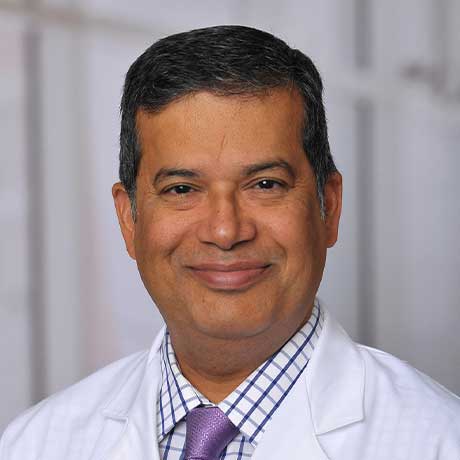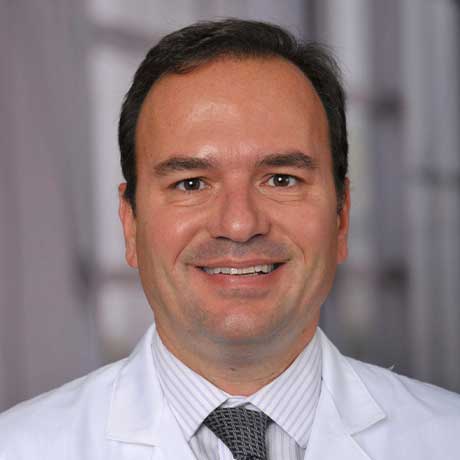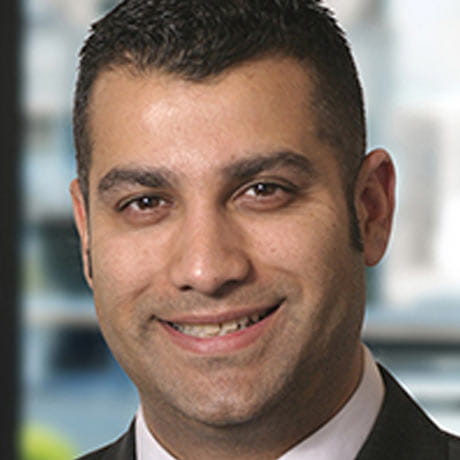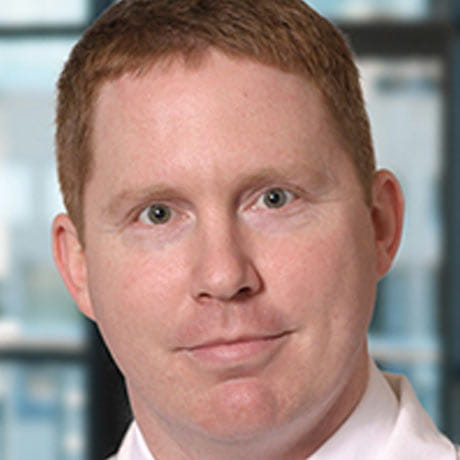
What is a biliary disorder?
Bile is a greenish-brown fluid, which is produced by the liver and stored in the gallbladder. This passes into the small intestines to help digestion. Biliary or bile disorders are a group of conditions that affect the bile ducts inside the liver, the gallbladder or the flow of bile from the liver to the small intestines. Some biliary disorders may cause bile to back up and leak into the bloodstream or prevent proper absorption of some fats and vitamins.
Biliary Disorders
- Gallstones disease (also called cholelithiasis) – the most common biliary disorder, affecting approximately 10 – 15% of adults at least once
- Gallstones form when there is too much cholesterol, calcium salts or bilirubin in your bile
- They can be as small as a grain of salt or as large as a golf ball.
- You may not know you have a gallstone until it blocks a bile duct.
- Choledocholithiasis – when one or more gallstones get stuck in the duct that carries bile from the liver and gallbladder to the intestine
- Cholestasis – literally means “bile standing still”; a decrease or obstruction of bile flow (can occur during pregnancy)
- Primary biliary cirrhosis (PBC) – inflammation of the small bile ducts causes bile and other toxins to accumulate in the liver
- Secondary biliary cirrhosis – scarring blocks the bile ducts, leading to liver failure; is most commonly related to stones retained in the bile duct
- Primary sclerosing cholangitis (PSC) – a condition that slowly damages the bile ducts within and outside of the liver
- Papillary stenosis – narrowing of the opening where the bile and pancreatic ducts empty into the small intestines. This can stretch the bile duct and cause abdominal pain in people who have had their gallbladder removed
- Dysfunctional biliary sphincter disorder – spasm of the muscles that regulate the flow of fluids from the bile duct. This can cause abdominal pain in people who have had their gallbladder removed
- Gallbladder cancer – a cancer that is located in the gallbladder
- Bile duct cancer (cholangiocarcinoma) – a rare form of cancer that affects the bile ducts
- Biliary atresia – a rare disorder in infants that leads to scarring and blockage of bile ducts; the most common reason for liver transplants in children in the United States
What causes a biliary disorder?
Risk factors for a biliary disorder include:
- Genetic predisposition for biliary issues
- Aging
- Obesity and losing weight very quickly
- A high-fat diet
- Some gastrointestinal conditions
Some prescription medicines could also increase the risk of developing a biliary disorder.
Biliary disorder symptoms
- Jaundice (yellowing of skin or whites of the eyes)
- Abdominal pain or tenderness, especially in the upper right side under the ribs
- Nausea or vomiting
- Loss of appetite
- Weight loss
- Fatigue
- Fever or chills
- Light brown urine
- Greasy or clay-colored stools
- Intense itching, but without a rash; particularly on hands and feet
Should you experience any of the above symptoms, as well as other unexplained digestive problems, or have not been given a definitive diagnosis, the experts at Ohio State Wexner Medical Center will work with you to help pinpoint your issue.
Diagnosing biliary disorders
Ohio State Wexner Medical Center offers the latest testing options, including advanced imaging techniques, to quickly and accurately identify disorders of the bile ducts or gallbladder.
- Our specialists will start with a discussion of symptoms and an understanding of your complete medical history.
- Initial testing typically includes blood tests to evaluate liver function.
- An ultrasound of the right upper portion of the abdomen and/or an MRI of the liver and bile ducts can help identify the reason for decreased flow of bile.
- If additional testing is required, your Ohio State physician will explain each option and why it may be necessary to better understand your specific condition or identify the most effective treatment.
Biliary disorder treatment
Depending on your specific biliary disorder, your physician will discuss your individual treatment options, which may include prescription medicine, surgery or chemotherapy.
The gallbladder may be removed if there are gallstones or blockages. This can typically be done as a minimally invasive procedure and gives the patient permanent relief from pain, future gallstones or other gallbladder issues. Normal digestion is still possible following gallbladder removal as bile will continue to flow into the small intestine (it just won’t be stored in the gallbladder along the way).
Why choose Ohio State?
Our dedication to clinical training, practice and research is a critical part of our program, and it means you’ll receive the best care available. The Ohio State University Wexner Medical Center offers advanced endoscopy, peroral cholangioscopy (SpyGlass™ system) and electrohydraulic lithotripsy work, advanced diagnostic and treatment tools available from physicians who specialize in biliary disorders. Our goal is to cure patients and help them return to an active, healthy lifestyle.
If surgery is required, Ohio State Wexner Medical Center is recognized by U.S. News & World Report as one of the nation’s highest-performing hospitals in gastroenterology and gastrointestinal (GI) surgery. With extensive experience managing simple and complex cases, our surgery and GI teams work together to create a multidisciplinary approach to help diagnose and manage your biliary disorder.
Our Gastroenterology Providers


Samuel Han, MD, MS

Sajid Jalil, MBBS

Somashekar Krishna, MD, MPH

Luis Lara, MD

Peter Lee, Mb/ChB

Edward Levine, MD

Georgios Papachristou, MD, PhD
Our Surgery Providers

Courtney Collins, MD

Andrei Manilchuk, MD

Michael Meara, MD

Vimal Narula, MD

Bradley Needleman, MD

Sabrena Noria, MD

Benjamin Poulose, MD

David Renton, MD


